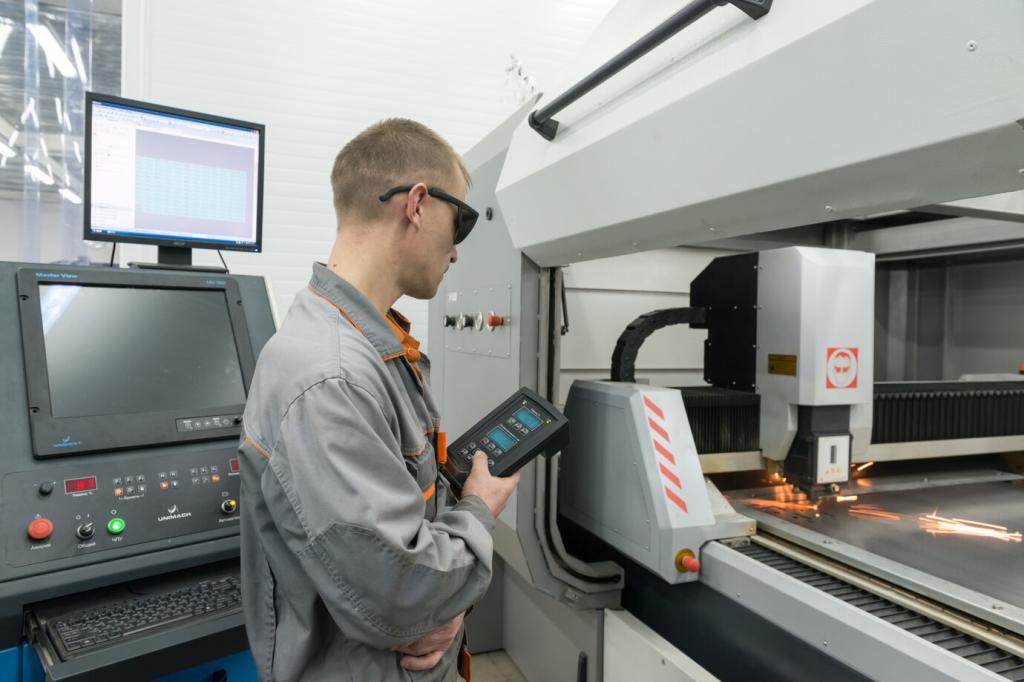Integrating Wireless Charging in Furniture: Invisible Power, Tangible Comfort
Chosen theme: Integrating Wireless Charging in Furniture. Step into a world where surfaces power your day without clutter or compromise, uniting craft, technology, and everyday rituals. Subscribe for fresh builds, case studies, and practical tips to bring seamless charging into your spaces.


The Everyday Magic of Set-Down Power
Picture arriving home and dropping your phone on the coffee table. No cable hunt. No battery anxiety. Just a quiet click of alignment and a growing charge. Share your first “wow” moment with hidden charging and tell us where you want it next.

From Cable Chaos to Calm Corners
Integrated chargers turn tangle-prone desks and nightstands into tidy, reliable hubs. Fewer loose cords means fewer failures, fewer dust traps, and more visual breathing room. What’s your worst cable mess story? Comment below, and we’ll feature clever fixes in a future post.

Wood, Stone, Resin: What Works Best
Qi charging typically penetrates non-metal surfaces like wood and resin easily, often up to about 3–8 mm depending on coil strength. Dense stone may require careful recessing. Metals block fields, so avoid hidden screws or use isolating grommets. Tell us your material plans.
Alignment That Feels Effortless
Centered coils and symmetrical placement reduce missed charges. Qi2 adds magnetic alignment for snappy positioning. In prototypes, a 60–70 mm sweet spot cut misalignment complaints by half. Have you tried alignment rings or templates? Share your templates and we’ll test them.
Marking Without Marking
Invisible doesn’t mean confusing. Subtle inlays, tone-on-tone dots, or tiny texture shifts guide the hand without shouting. One maker embedded a warm cork coin in walnut—guests found the spot instantly. Would you prefer marks or pure minimalism? Cast your vote in the comments.
Power, Standards, and Safety Essentials
Qi is the widely adopted standard with robust phone support; Qi2 adds magnetic alignment and improved efficiency, commonly delivering up to 15 W with growing device compatibility. Match modules to real-world devices in your home. Which phones do you use? Tell us for tailored advice.

Build and Retrofit: Practical Paths to Integration
Route a shallow pocket, maintain the safe thickness window, and adhere the charger with serviceable fasteners. Test charge speed before final glue-up. A paper mockup helps avoid misalignment. Ready to try? Post your furniture thickness and we’ll suggest a compatible module.

